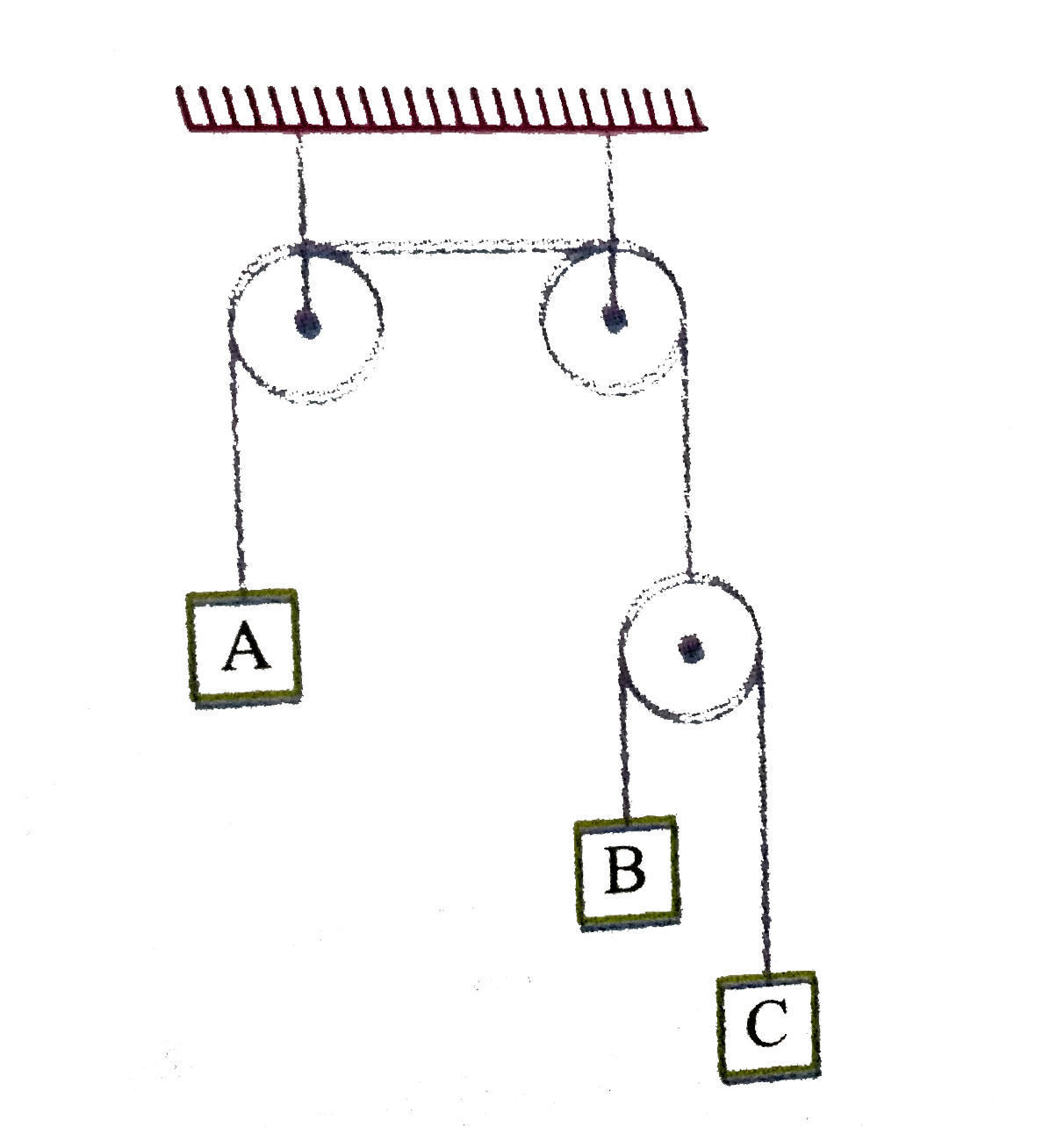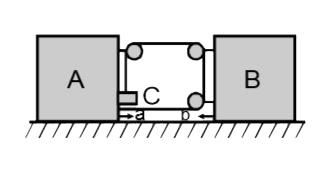What is valency of 'C' w.r.t. Cl ?
To determine the valency of carbon (C) with respect to chlorine (Cl), we can follow these steps:
1. Understanding Valency: Valency refers to the ability of an atom to bond with other atoms, which is determined by the number of electrons it can lose, gain, or share.
2. Identify the Compound: One common compound of carbon and chlorine is carbon tetrachloride (CCl₄). This compound will help us understand the bonding.
3. Analyze the Structure of CCl₄:
- In CCl₄, one carbon atom is bonded to four chlorine atoms.
- The carbon atom forms four single covalent bonds with four chlorine atoms.
4. Determine Hybridization:
- The hybridization of carbon in CCl₄ is sp³. This is because carbon uses one s orbital and three p orbitals to form four equivalent sp³ hybrid orbitals.
- Each of these sp³ hybrid orbitals overlaps with a p orbital from chlorine to form a bond.
5. Lewis Dot Structure:
- Carbon has 4 valence electrons (as it is in group 14).
- Chlorine has 7 valence electrons (as it is in group 17).
- In CCl₄, carbon shares its 4 electrons with 4 chlorine atoms, allowing each chlorine to complete its octet (each chlorine atom ends up with 8 electrons).
6. Satisfying the Octet Rule:
- The octet rule states that atoms tend to bond in such a way that they have 8 electrons in their valence shell.
- In CCl₄, carbon shares its 4 electrons with chlorine, achieving a stable configuration.
7. Calculating Valency:
- Since carbon forms 4 bonds with chlorine, its valency with respect to chlorine is 4.
- The oxidation state of carbon in CCl₄ can also be calculated: if we let x be the oxidation state of carbon, the equation for the neutral molecule would be:
x+4(−1)=0
x−4=0
x=+4
- This confirms that carbon has a valency of 4 when bonded to chlorine.
Final Answer:
The valency of carbon (C) with respect to chlorine (Cl) is 4.
---
- In CCl₄, one carbon atom is bonded to four chlorine atoms.
- The carbon atom forms four single covalent bonds with four chlorine atoms.
- The hybridization of carbon in CCl₄ is sp³. This is because carbon uses one s orbital and three p orbitals to form four equivalent sp³ hybrid orbitals.
- Each of these sp³ hybrid orbitals overlaps with a p orbital from chlorine to form a bond.
- Carbon has 4 valence electrons (as it is in group 14).
- Chlorine has 7 valence electrons (as it is in group 17).
- In CCl₄, carbon shares its 4 electrons with 4 chlorine atoms, allowing each chlorine to complete its octet (each chlorine atom ends up with 8 electrons).
- The octet rule states that atoms tend to bond in such a way that they have 8 electrons in their valence shell.
- In CCl₄, carbon shares its 4 electrons with chlorine, achieving a stable configuration.
- Since carbon forms 4 bonds with chlorine, its valency with respect to chlorine is 4.
- The oxidation state of carbon in CCl₄ can also be calculated: if we let x be the oxidation state of carbon, the equation for the neutral molecule would be:
x+4(−1)=0
x−4=0
x=+4
- This confirms that carbon has a valency of 4 when bonded to chlorine.
The valency of carbon (C) with respect to chlorine (Cl) is 4.
Topper's Solved these Questions
- CLASSIFICATION OF ELEMENTS AND PERIODICITY BOOK - NARAYNACHAPTER - CLASSIFICATION OF ELEMENTS AND PERIODICITY EXERCISE - EVALUATE YOURSELF - 1
3 Videos
- CLASSIFICATION OF ELEMENTS AND PERIODICITY BOOK - NARAYNACHAPTER - CLASSIFICATION OF ELEMENTS AND PERIODICITY EXERCISE - EVALUATE YOURSELF - 3
9 Videos
- CLASSIFICATION OF ELEMENTS AND PERIODICITY BOOK - NARAYNACHAPTER - CLASSIFICATION OF ELEMENTS AND PERIODICITY EXERCISE - EXAMPLES
13 Videos
- CHEMICAL EQUILIBRIUMBOOK - NARAYNACHAPTER - CHEMICAL EQUILIBRIUMEXERCISE - Exercise -IV
33 Videos
- ENVIRONMENTAL CHEMISTRYBOOK - NARAYNACHAPTER - ENVIRONMENTAL CHEMISTRYEXERCISE - EXCERCISE - IV (NCERT EXEMPLAR QUESTIONS)
7 Videos
Similar Questions
Knowledge Check
If u=sin−1(x−y), x=3t, y=4t3, then what is the derivative of u w.r.t. t ?
A3(1−t2)B3(1−t2)−12C5(1−t2)12D5(1−t2)What is the derivation of x3 w.r.t. x2 ?
A3x2B3x2CxD32earth is an open ecosystem w.r.t. __(a)__ and is a closed ecosystem w.r.t. __(b)__
AEnergy(a) and heat(b)BFood web(a) and energy(b)CEnergy(a) and nutrient cycle(b)Dnutrient cycle(a) and energy(b)
Three blocks shown in move vertically with constant velocities The relative velocity of w.r.t C is 100m/s upward and the relative velocity of B w.r.t A is 50m/s downward. All the string are ideal The velocity of C with respect to ground is 125/x calculate x
 .
.
View SolutionThe rate of reaction: 2NO(g)+Cl2(g)→2NOCl(g), becomes doubled when the concentration of Cl2 is doubled. However, when the concentration of both the reactants are doubled, the rate becomes eight times. What is the order w.r.t. NO and w.r.t. chlorine ? What is the total order?
View SolutionIf rafractive index of glass w.r.t. air is 3/2, what is the refractive index of air w.r.t. glass?
View SolutionThe derivative of xx w.r.t. x is ___________.
View SolutionFind the acceleration of C w.r.t. ground.

View Solution
